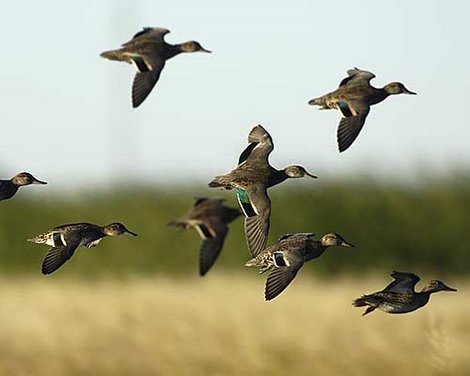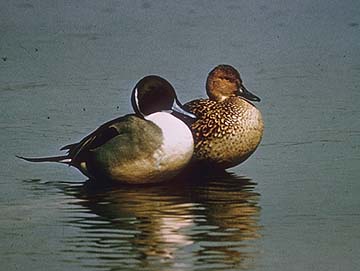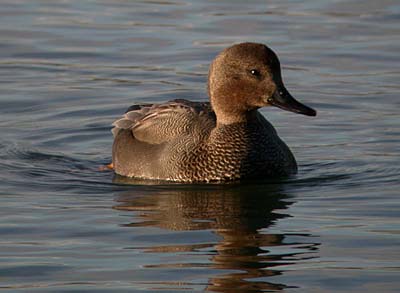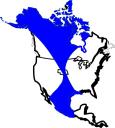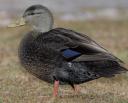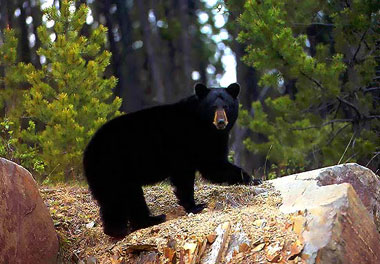
Davy Crockett killed a bear when he was three according to legend. More recently, a distant relative of the 19th-century frontiersman has done the same thing at the age of five. Tre Merritt, a 5-year-old boy from Arkansas, killed a black bear Sunday, according to his grandfather.
“(The bear) came in about 40 to 50 yards,” Mike Merritt, Tre’s grandfather, told KATV of Little Rock, Ark, “and when he got in the open, I whistled at him and he stopped and I said, ‘Shoot Tre.’ “
And that’s what his grandson did, killing the 400-pound animal.
“I was up in the stand and I seen the bear,” Tre Merritt told TV reporters. “It came from the thicket and it was beside the road and I shot it.”
According to the report, Tre’s father said his son began shooting when he was 2 1/2 and killed three deer last year. What else would you expect from a decendant of the “King of the Wild Frontier?”
“His 10th great-grandfather was Davy Crockett,” Mike Merritt said. “And Davy supposedly killed him a bear when he was three. And Tre is five and really killed a bear. I really doubt if Davy killed one when he was three.”
